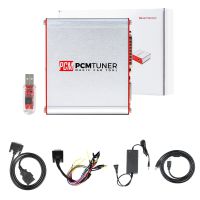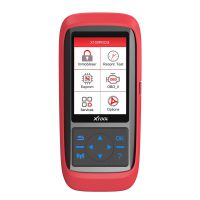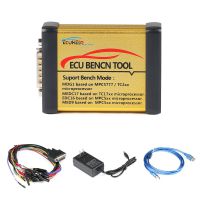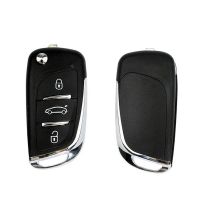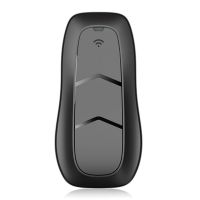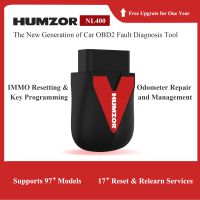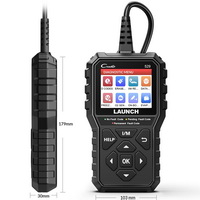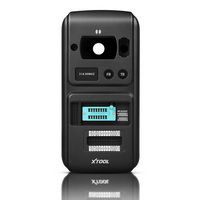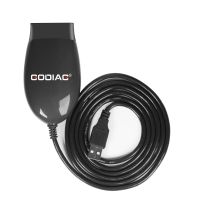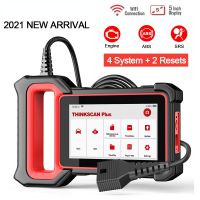Introduction
This tester is designed to test 12V automotive lead-acid storage batteries and 12V automotive starting/charging systems. It uses advanced conductance testing technology and can easily, quickly and accurately test the actual cold cranking amps capability of automotive battery, health state of automotive battery, automotive cranking system and charging system. It can be used by maintenance personnel to troubleshoot automotive battery problem and automotive starting/charging system problem.
This tester is designed to test 12V automotive lead-acid storage batteries and 12V automotive starting/charging systems. It uses advanced conductance testing technology and can easily, quickly and accurately test the actual cold cranking amps capability of automotive battery, health state of automotive battery, automotive cranking system and charging system. It can be used by maintenance personnel to troubleshoot automotive battery problem and automotive starting/charging system problem.
Main functions of this tester include 12V automotive battery test, 12V automotive cranking system test, and 12V automotive charging system test functions.
Features
1. Tests all 12V automotive cranking lead acid batteries, including ordinary lead acid batteries, AGM flat plate batteries, AGM spiral batteries, Gel batteries, and etc.
2. Directly detects bad cell battery.
3. Reverse polarity connection protection. Reverse polarity connection will not damage the tester or affect the vehicle and battery under test.
4. Directly tests low battery, no need to fully charge battery before test.
5. Test standards include most battery standards around the world: CCA, BCI, CA, MCA, JIS, DIN, IEC, EN, SAE, GB.
6. Selectable languages. Chinese,English, Japanese, Russian.
Allowable Input Range of Rated Cold Cranking Amps:
| Standard Range | Input |
| CCA | 100-2000 |
| BCI | 100-2000 |
| CA | 100-2000 |
| MCA | 100-2000 |
| JIS | 26A17-245H52 |
| DIN | 100-1400 |
| IEC | 100-1400 |
| EN | 100-2000 |
| SAE | 100-2000 |
| GB | 30-220 |
1.Charging Voltage: Normal
The charging system shows that the alternator output is normal, no problem detected.
2. Charging Voltage: Low
Charging voltage of the charging system is low.
Please check whether the driving belt of the alternator is loose or broken, and check whether the connections between the alternator and the vehicle battery are good.
If the belt and the connections between the alternator and the vehicle battery are good, the alternator is likely faulty.
3. Charging Voltage: high
Alternator voltage output exceeds the normal limits.
Most alternators use a built-in regulator, and for this kind of alternators, it is necessary to replace the alternator assembly to solve the problem of abnormally high charging voltage. Some conventional alternators use an external regulator, and for them, just replace the regulator.
Usually, the charging voltage is limited to 14.7 ± 0.5V by the regulator.
If the charging voltage is too high, the battery will be overcharged and as a result the battery life will be shortened or the battery will be damaged.
4. No Voltage Output
No alternator output voltage is detected. Please check whether the alternator's connections are good and whether the driving belt of the alternator is tight enough.
5. Diode Test
Through the test of charging current ripple, you can determine whether the rectifier diodes are good. If the ripple voltage is too high, it means that one or more rectifier diodes are damaged or the alternator stator is damaged. Please check for the bad diode(s) and replace all bad diodes, and check the alternator stator.
If the charging voltage is too high, the battery will be overcharged and as a result the battery life will be shortened or the battery will be damaged.
4. No Voltage Output
No alternator output voltage is detected. Please check whether the alternator's connections are good and whether the driving belt of the alternator is tight enough.
5. Diode Test
Through the test of charging current ripple, you can determine whether the rectifier diodes are good. If the ripple voltage is too high, it means that one or more rectifier diodes are damaged or the alternator stator is damaged. Please check for the bad diode(s) and replace all bad diodes, and check the alternator stator.
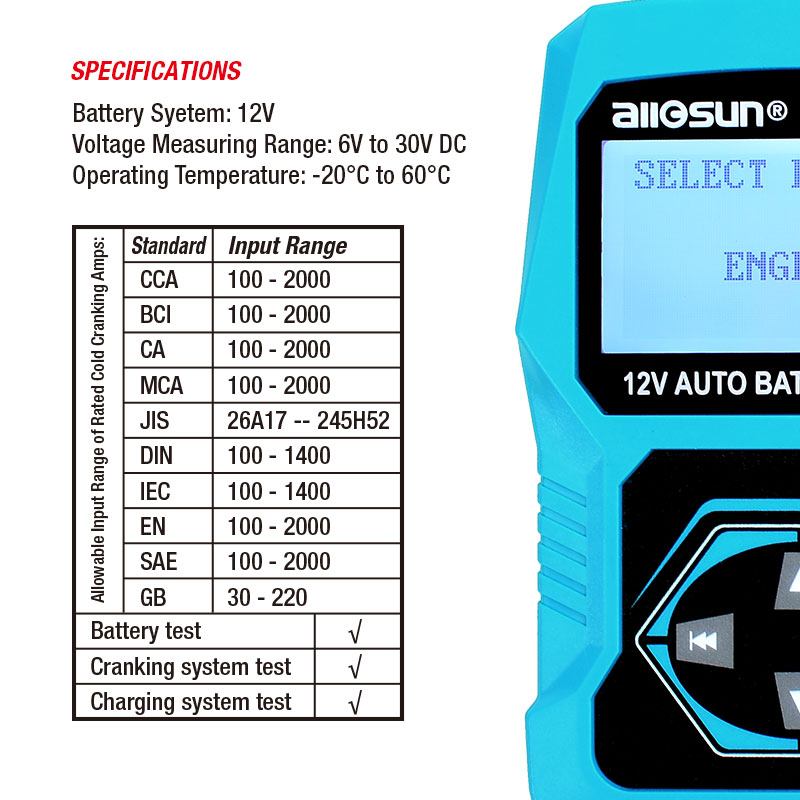
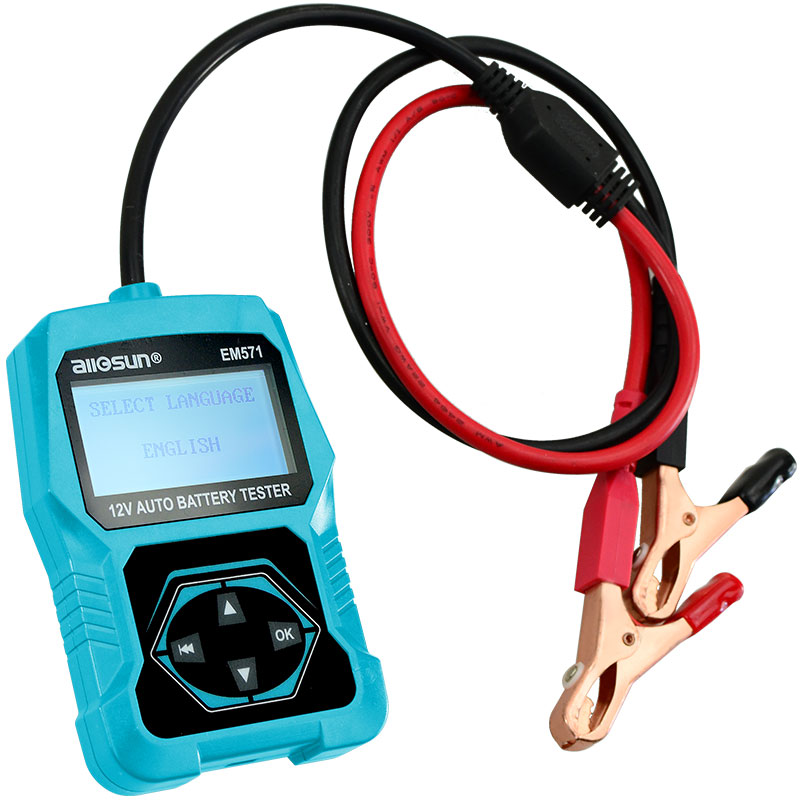
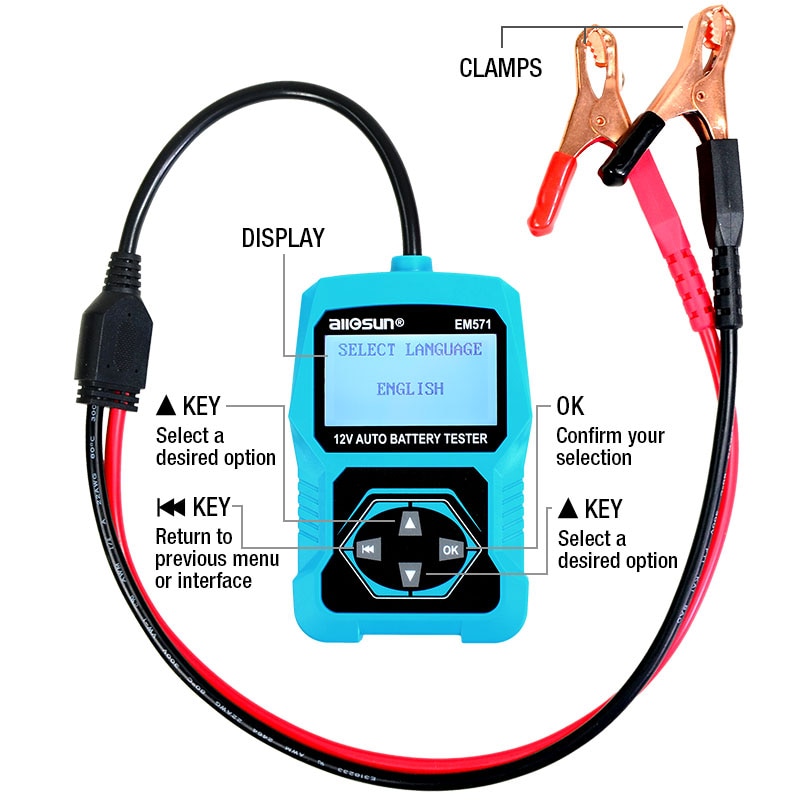
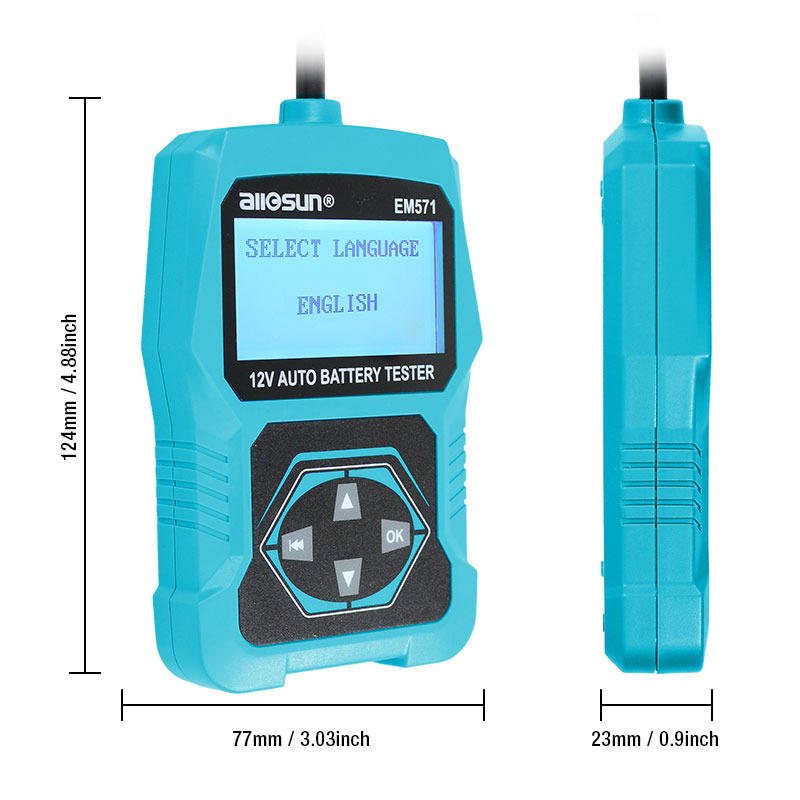
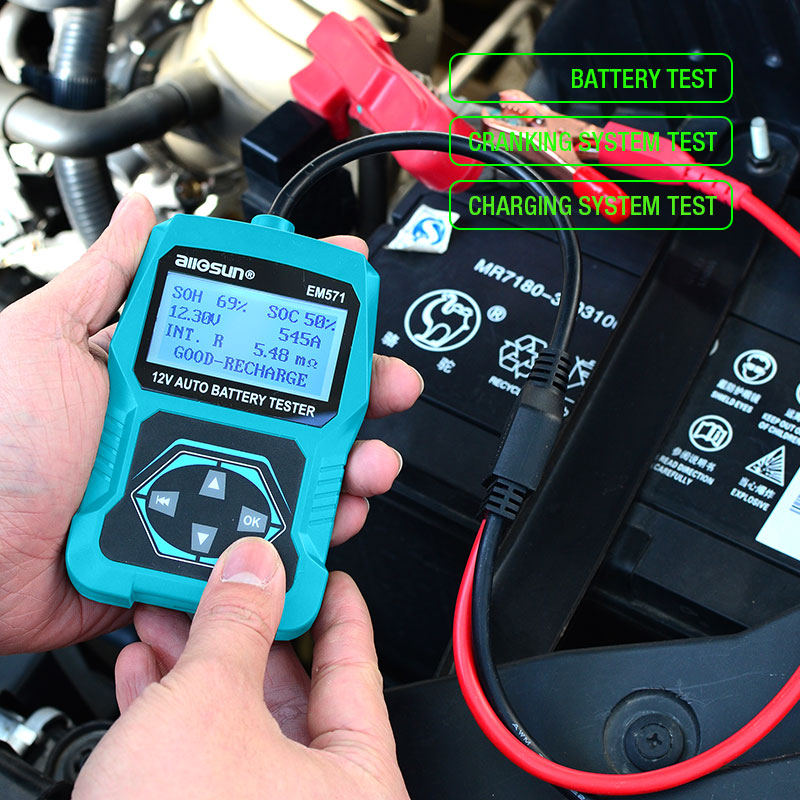
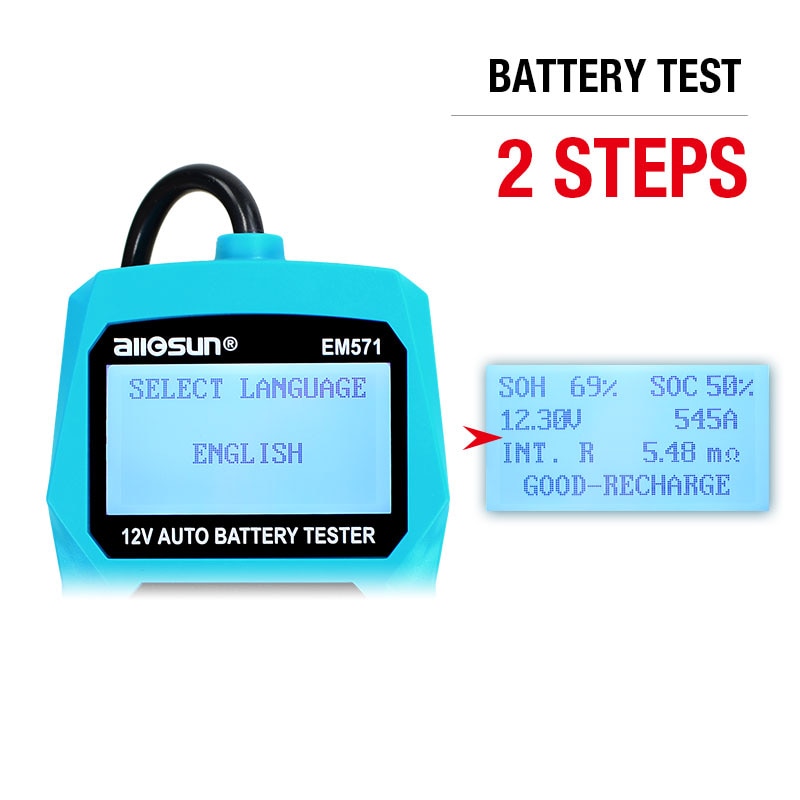










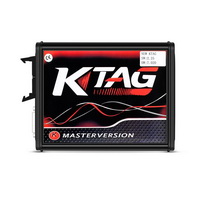
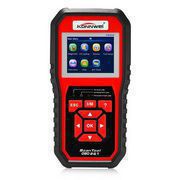

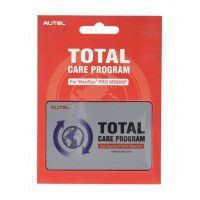
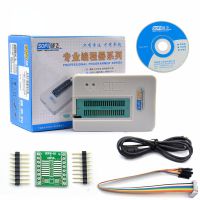
![[Full Version] V2022.12.1 KT200 ECU Programmer Master Version Support OBD BOOT BDM JTAG & ECU Maintenance/ DTC Code Removal With Free Damaos](/upload/pro/kt200-ecu-programmer-master-full-version-200.jpg)


